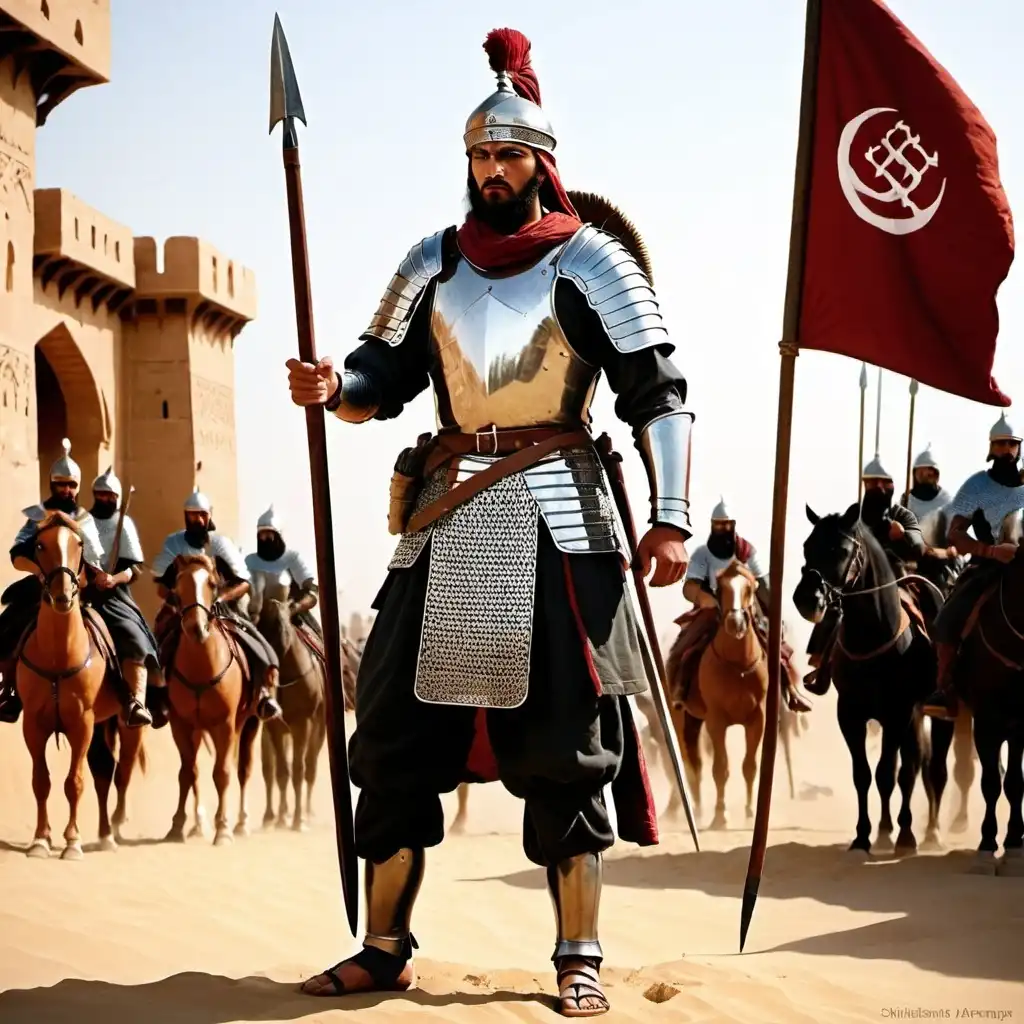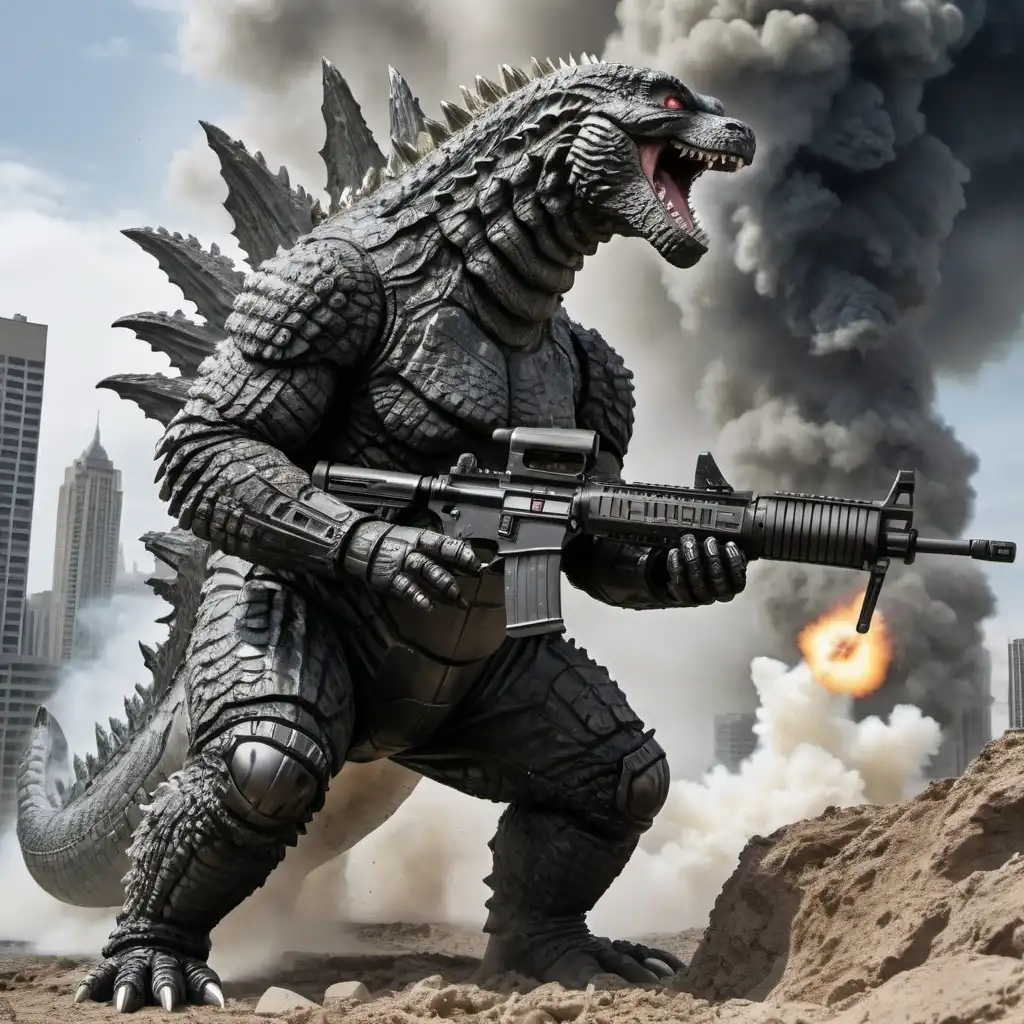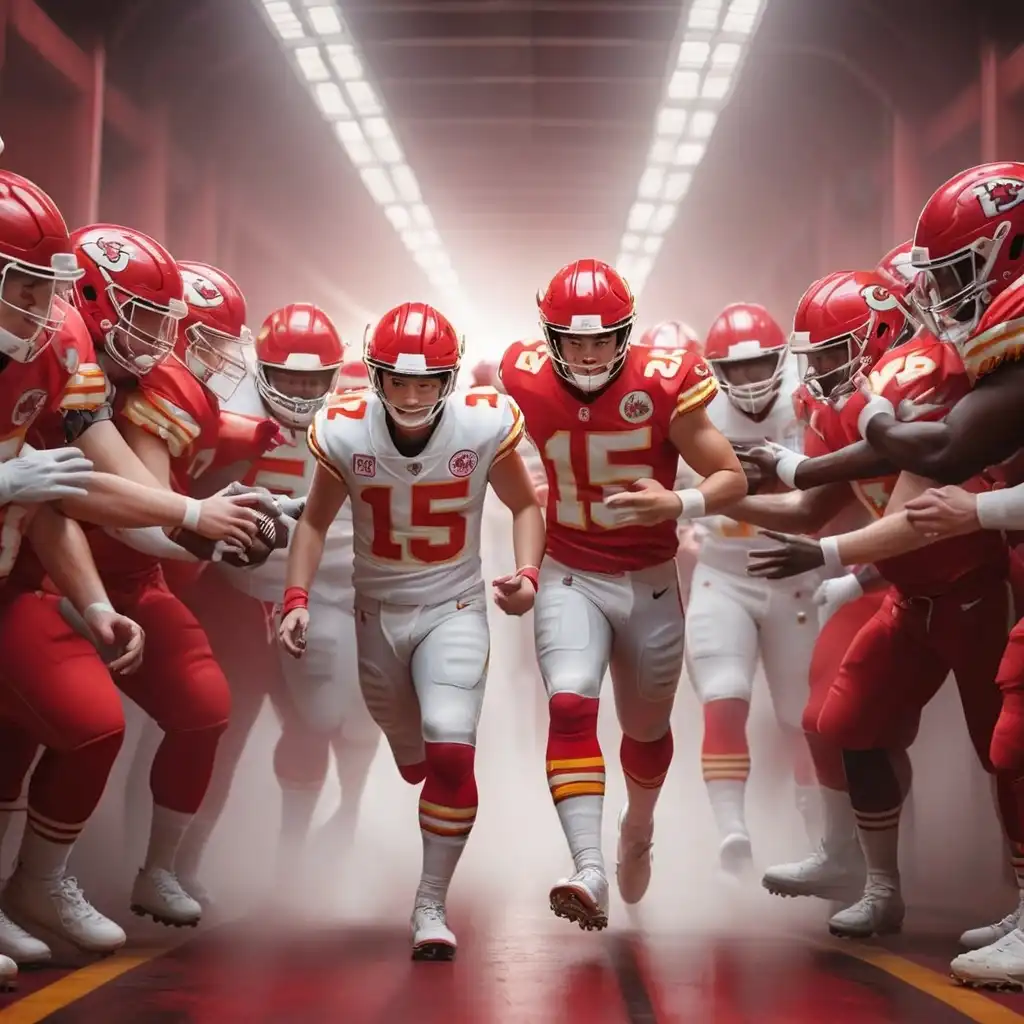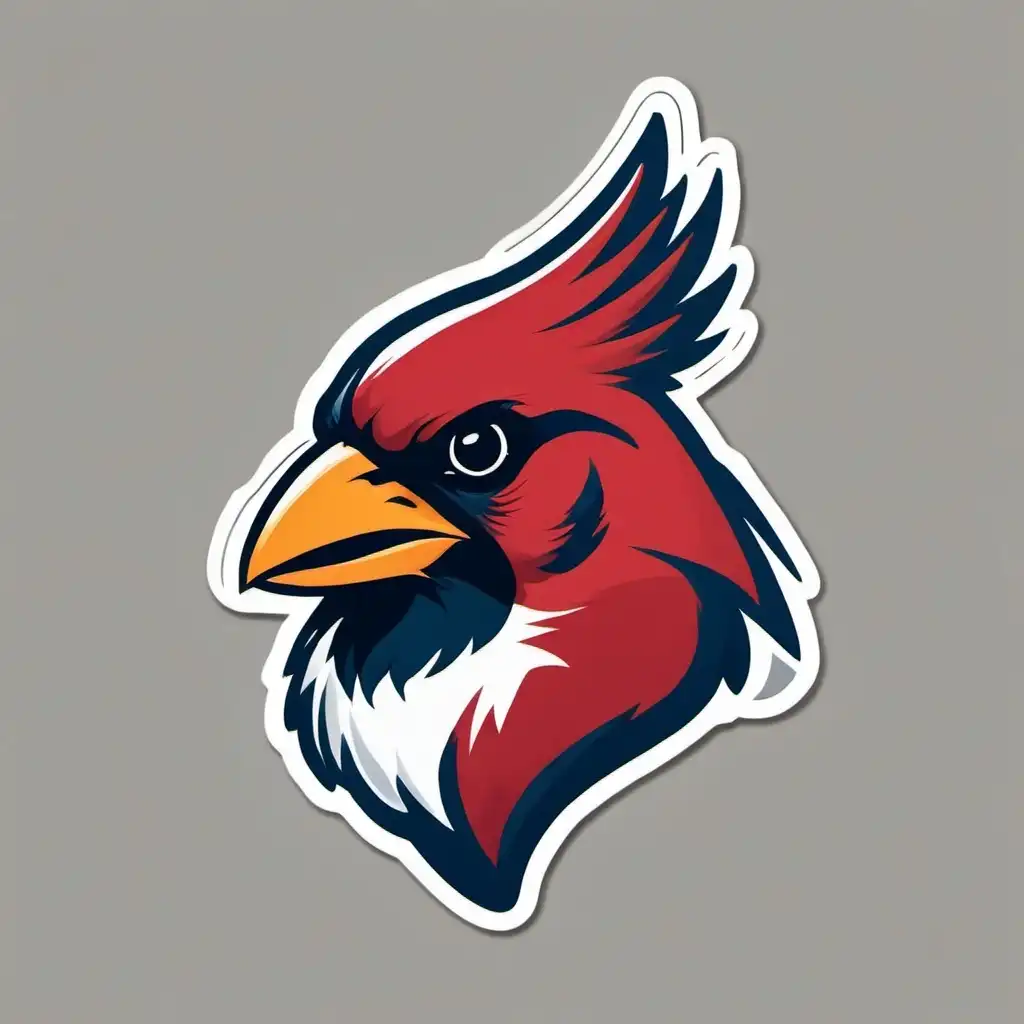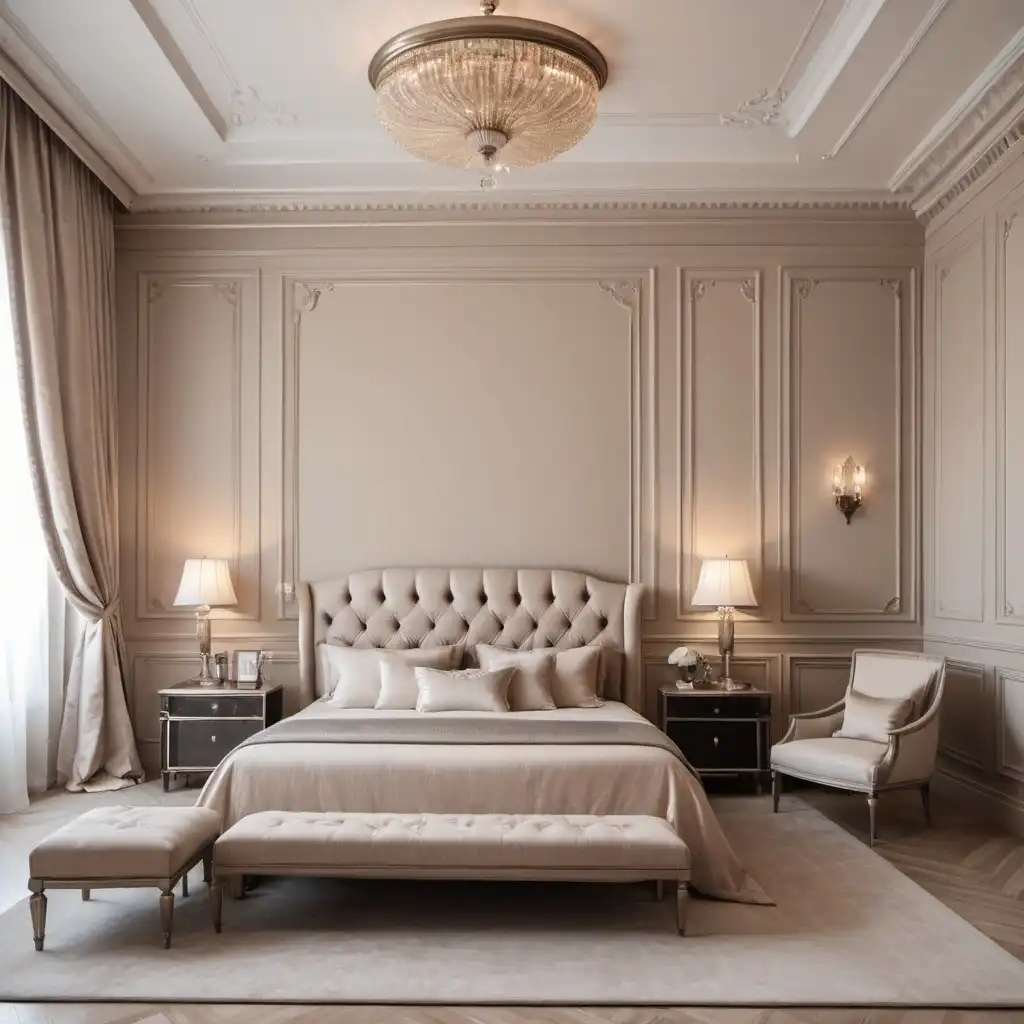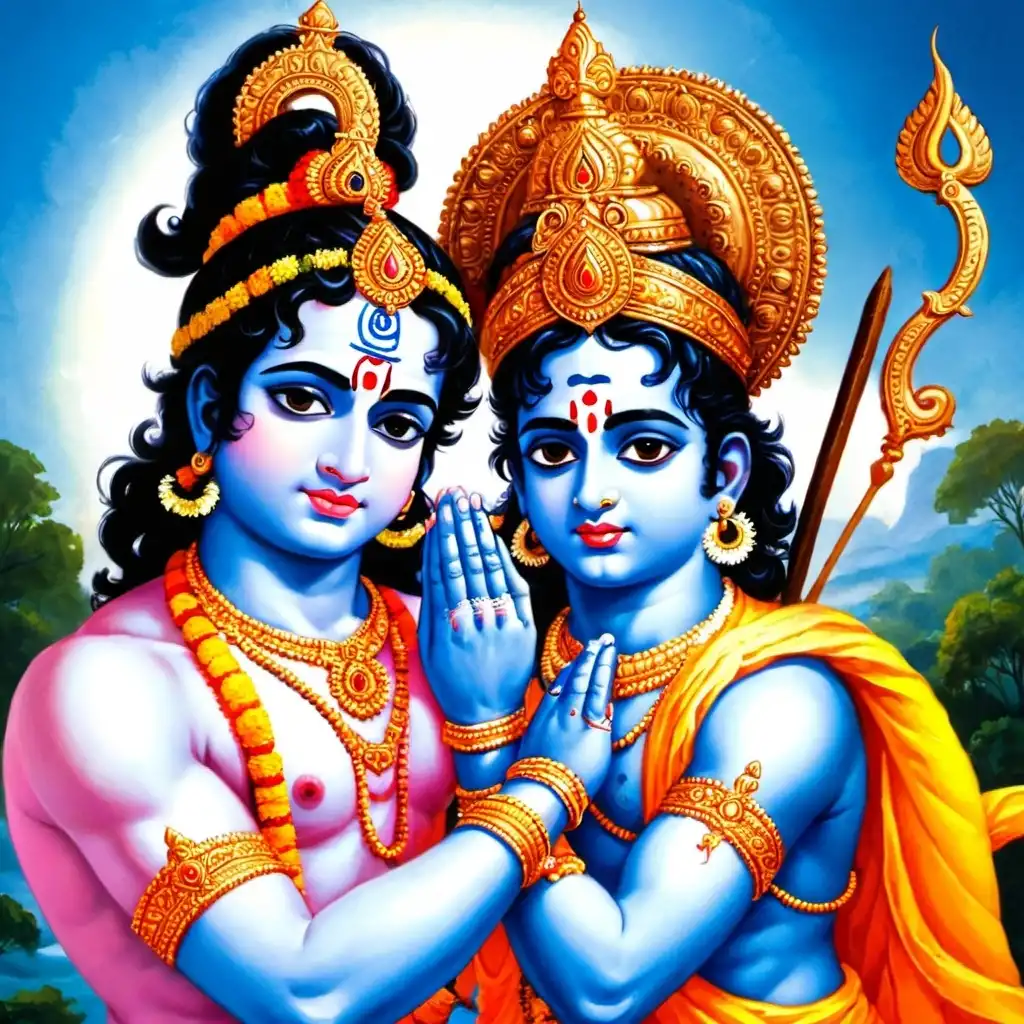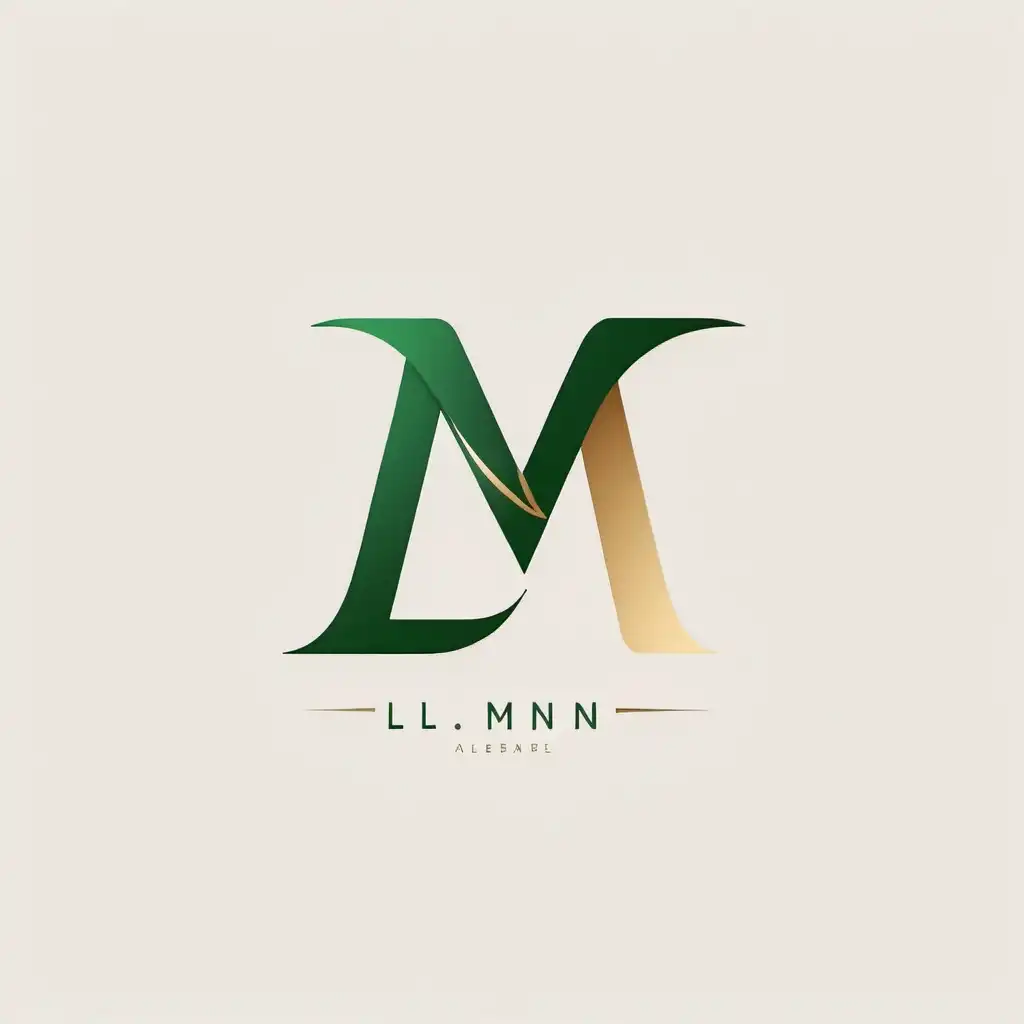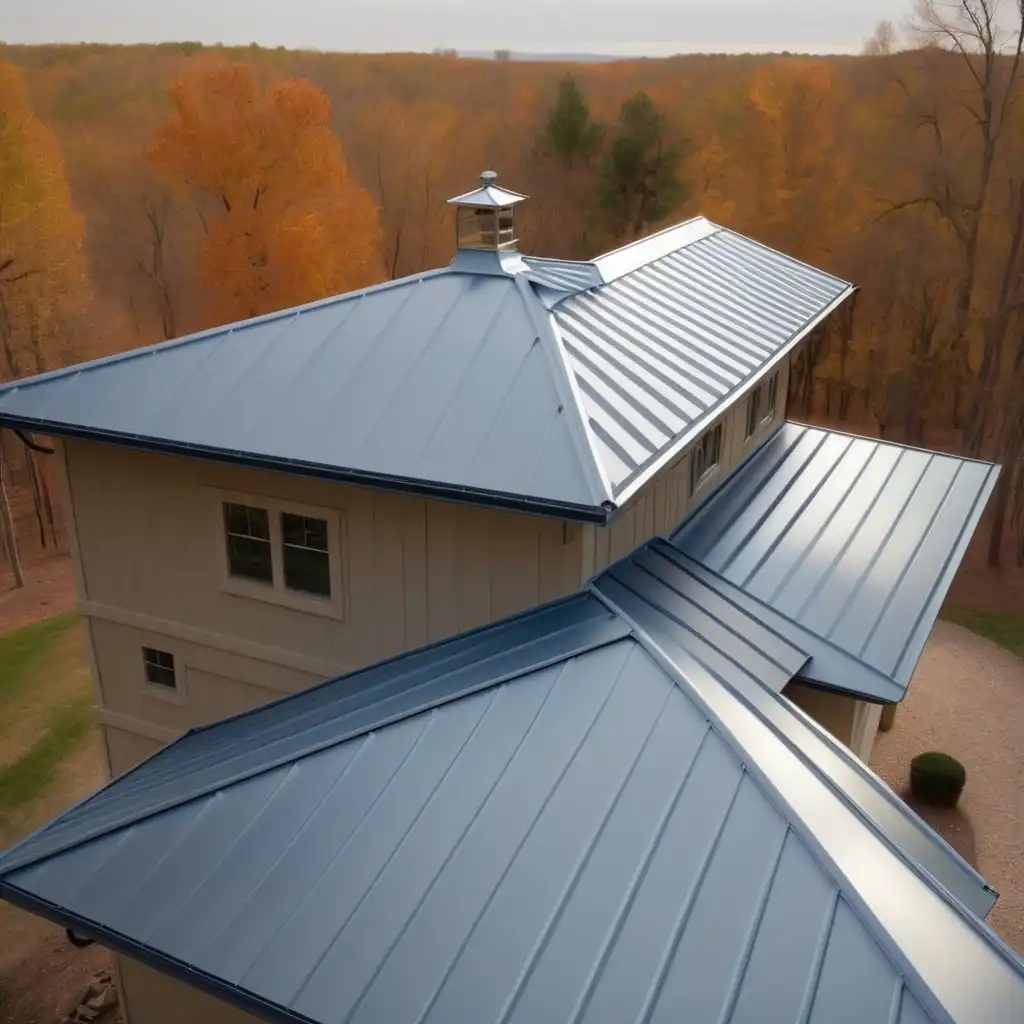图片提示词prompt
Clothing: Traditional battle attire, such as a long tunic or a mail shirt (chainmail), often accompanied by a turban or helmet. Depending on the era, they might wear padded armor or lamellar armor over their tunic.Weapons: Common weapons include a curved sword (scimitar or shamshir), a spear, a dagger, and sometimes a bow and arrows. A shield, often decorated with Islamic motifs or calligraphy, could also be present.
Attributes: The warrior might carry other battle gear, such as a quiver of arrows, a scabbard for the sword, and possibly additional weaponry like a mace or an axe.Setting: The setting could include a desert landscape, a battlefield, or a fortified city. Elements such as horses, banners, and other warriors could add to the scene.Background: Architectural elements, such as minarets, domes, and arches, might be visible to give context to the historical and cultural background.Posture and Expression: The warrior could be depicted in a dynamic pose, such as charging into battle, standing guard, or in a moment of repose, reflecting bravery and readiness for combat.
服装: 传统的战斗服装,例如长束腰外衣或邮件衬衫 (chainmail),通常伴有头巾或头盔。根据时代的不同,他们可能会在外衣上穿着填充盔甲或层状盔甲。武器: 常见的武器包括弯刀 (弯刀或shamshir),长矛,匕首,有时还包括弓箭。也可能存在通常装饰有伊斯兰图案或书法的盾牌。
属性: 战士可能携带其他战斗装备
